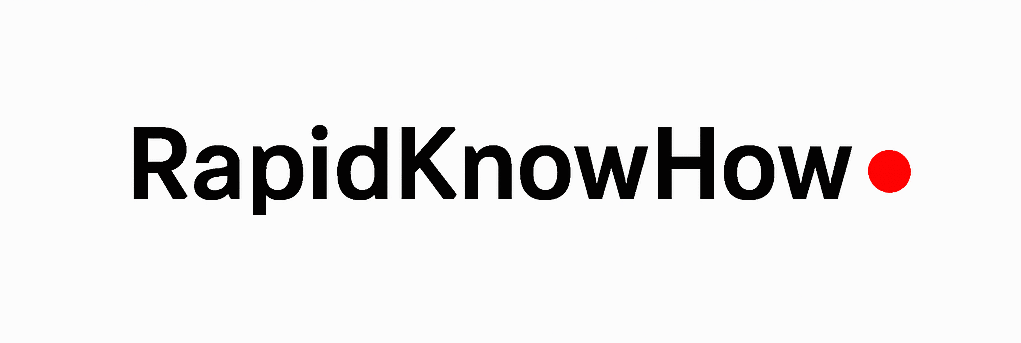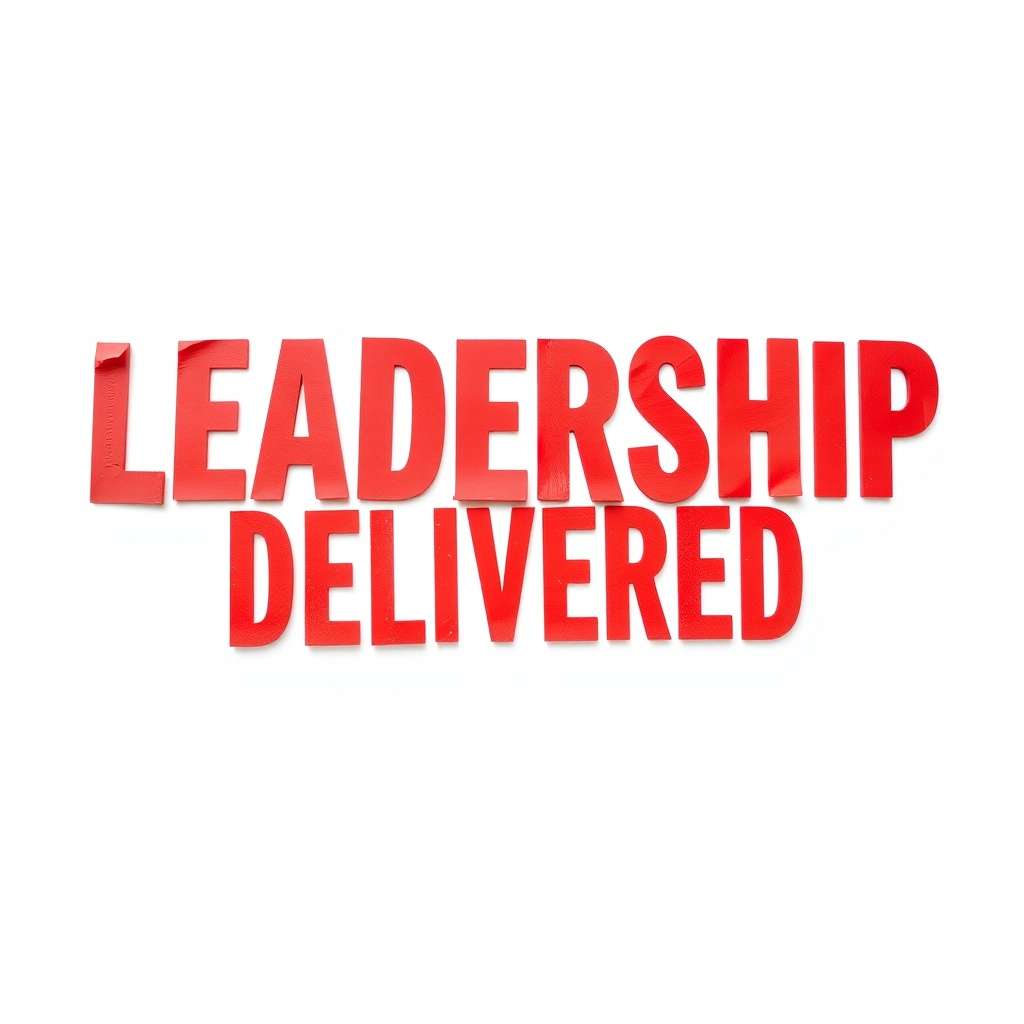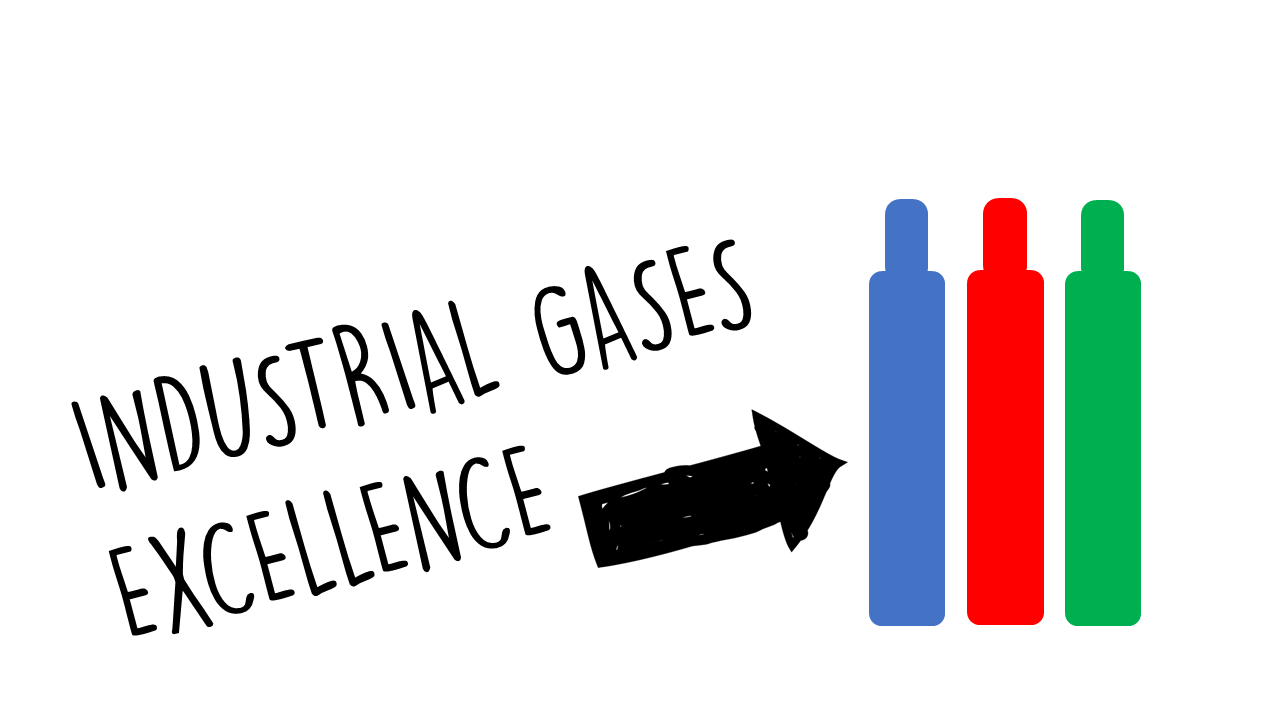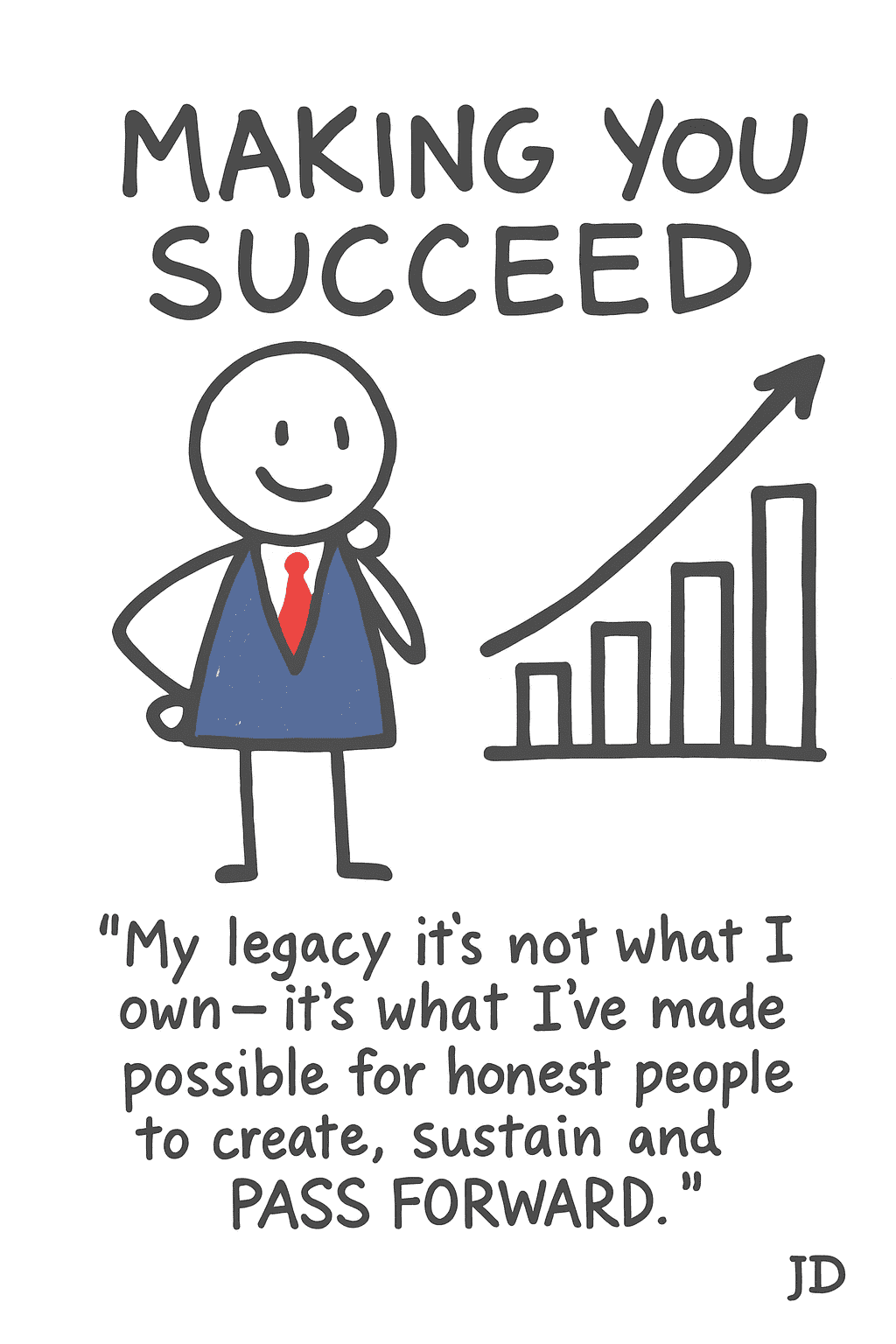RapidKnowHow: SUSTAINABILITY Leadership Delivered
Lead with Decarbonization, Circularity, and Compliance. Instant tools for baselines, abatement, cost/ton, supplier risk, scenarios, and pass-through. Minimal. Action-first. Results-driven.
Contents
1) Model & Principles
2) Diagnostic Rubric (0–10)
3) 12-Month Roadmap
4) 90-Day Sprint
5) Operating System (weekly)
6) Metrics That Matter
7) Scripts & Templates
8) Interactive Tools
9) Risks & Anti-Patterns
10) Next Steps & CTA
1) Model & Principles
Sustainability Leadership = Baseline × Governance × (Abatement + Circularity + Optionality)
- Baseline — clear inventory (Scopes 1–3) & materiality
- Governance — policies, controls, assurance, transparent reporting
- Abatement — cost/ton prioritized roadmap to targets
- Circularity — reduce, reuse, recycle; design for recovery
- Optionality — diversified energy, suppliers, routings, instruments
Informational only; not legal advice. Align with local/global standards per counsel.
2) Diagnostic Rubric (score 0–10)
Inventory & Data
- 0–2: No baseline; estimates only
- 3–4: Partial Scopes 1–2
- 5–6: Scopes 1–2 complete; key Scope 3 categories
- 7–8: Coverage >80%; quarterly updates; controls
- 9–10: Full coverage; third-party assurance
Targets & Roadmap
- 0–2: No targets
- 3–4: High-level ambition
- 5–6: Annual targets with initiatives
- 7–8: Cost/ton stack; funded plan
- 9–10: Science-based targets; audit-ready
Circularity & Waste
- 0–2: Landfill by default
- 3–4: Ad-hoc recycling
- 5–6: Programs in core sites
- 7–8: Design for recovery; vendor SLAs
- 9–10: Closed-loop partnerships
Governance & Reporting
- 0–2: No policy; no owner
- 3–4: Policy draft; spreadsheets
- 5–6: Controls, KPIs, annual report
- 7–8: Quarterly board dashboard
- 9–10: Assured report; continuous improvement
3) 12-Month Roadmap
Q1 — Baseline & Controls
- Inventory refresh (Scopes 1–2; material Scope 3)
- Emission factors & data owners assigned
- Governance policy & risk register
Q2 — Abatement Plan
- Cost/ton stack; prioritize low-cost wins
- Energy mix plan (RE, PPAs, efficiency)
- Waste & circularity pilots
Q3 — Scale & Supply Chain
- Supplier data & risk program
- Rollout logistics optimization
- Embed carbon pricing in deals
Q4 — Report & Assure
- External disclosure prepared
- Third-party assurance
- Next-year target & budget approved
4) 90-Day Sprint
Days 1–30
- Confirm owners & data sources
- Carbon baseline refresh
- Waste & energy quick wins shortlist
Days 31–60
- Run abatement pilots
- Supplier request for data (top 10)
- Embed carbon pass-through template
Days 61–90
- Scale pilots; fund top projects
- Draft report; board review
- Quarterly assurance prep
5) Operating System (weekly)
- Mon: metric check (tCO₂e, energy, waste, water)
- Wed: project stand-up (risks, blockers)
- Fri: summary to execs + next week plan
Make problems visible; fix in-process; document in SOPs.
6) Metrics That Matter
- Emissions (tCO₂e) — absolute & intensity
- Abated (tCO₂e/y) & €/t cost
- Energy mix (% RE) & intensity (kWh/unit)
- Waste to landfill (%) • Circularity (%)
- Supplier risk (weighted) & HHI
- Water use (m³) in stressed areas
7) Scripts & Templates
Supplier data request (email)
Subject: Request for GHG & ESG Data — {{Supplier}}
Hi {{Name}}, as part of our program we’re collecting activity data (energy, logistics, materials) and policies (environment, labor, ethics).
Please share {{list}} or a point of contact. We’ll align on formats and timelines. — {{Signature}}
Carbon price clause (proposal snippet)
Prices adjust by CarbonIntensity × ΔCarbonPrice × Pass-Through%.
Floor/Cap {{-x%}}/{{+y%}}; review quarterly with transparent indices.
8) Interactive Tools
HHI <1500 low, 1500–2500 moderate, >2500 high concentration.
9) Risks & Anti-Patterns
- Targets without a cost/ton plan
- Supplier concentration & opaque data
- Ignoring carbon price exposure in deals
- Landfill by default; no circular design
- Reporting before controls/assurance
10) Next Steps & CTA
Now: Run the tools (Carbon, Energy, Pass-Through, Circularity, Suppliers, TCFD).
Then: Pick one 30-day booster and set the weekly cadence.
Privacy: This demo runs locally in your browser. Not legal advice.
RapidKnowHow + ChatGPT | SUSTAINABILITY Leadership Delivered
© 2025 RapidKnowHow — All Rights Reserved
The RapidKnowHow + ChatGPT Leadership Delivered System compresses time-to-insight to minutes, aligns teams on what to do next, and scales your edge via licensable, partner-ready playbooks across sectors and regions.- Josef David
Strategy & Positioning
- ICP — Ideal Customer Profile: the type of company or buyer you serve best (e.g., “mid-market industrials in EU”).
- GTM — Go-to-Market: how you win customers (channels, funnel, coverage).
- CTA — Call to Action: the concrete next step you ask for (e.g., “Book a 30-min fit call”).
- NPS — Net Promoter Score: loyalty metric from −100 to +100 based on “recommend?” survey.
Problem-Solving & Prioritization
- MECE — Mutually Exclusive, Collectively Exhaustive: structure issues so items don’t overlap and cover the whole problem.
- ICE — Impact × Confidence ÷ Effort: quick way to rank initiatives by payoff versus difficulty.
- RICE — Reach × Impact × Confidence ÷ Effort: prioritization adding “how many affected” (Reach).
- H1 / H2 / H3 — Hypotheses 1/2/3: statements you test to explain the outcome gap.
- A/B — A/B Test: run version A vs B to see which performs better, statistically.
Finance & Economics
- ROI — Return on Investment: (benefit − cost) ÷ cost; we also use “12-month ROI”.
- EV — Expected Value: price or fee × win probability (used in proposal economics).
- EBIT — Earnings Before Interest & Taxes: operating profit measure; often a target KPI.
- TCO — Total Cost of Ownership: full cost to build or buy (setup + run + maintenance).
- KPI — Key Performance Indicator: the success metric you’re aiming to move (e.g., “gross margin +3 pts”).
AI, Data & Platforms
- MLOps — Machine-Learning Operations: deploy, monitor, retrain and govern models safely.
- CI/CD — Continuous Integration / Continuous Delivery: automated build, test and deploy pipeline.
- PII — Personally Identifiable Information: data that can identify a person; needs special handling.
- RBAC — Role-Based Access Control: users only see data and tools allowed by their role.
- Model Registry — System of record for model versions and approvals.
- Drift — Model/data performance shift over time; requires monitoring and retraining.
- GenAI — Generative AI: systems that create text, images, code, etc., from prompts.
Sales, Pipeline & Delivery
- CRM — Customer Relationship Management: system to track contacts, deals and activities.
- Win Rate — % of qualified opportunities you close (not an acronym, but core metric).
- PMO — Project Management Office: function that governs large projects and portfolios.
Planning & Cadence
- Q1 / Q2 / Q3 / Q4 — Calendar or fiscal quarters (3-month blocks).
- FY — Fiscal Year: your accounting year (e.g., FY2026).
- v1 — Version 1: first working release you ship to users (“prove value fast”).
- Sprint — Fixed timebox (often 1–2 weeks) to build and ship increments.
Commercial Packaging & Offers
- Pilot — Small, time-boxed engagement to prove value and de-risk a larger rollout.
- Tiered Offer — Three options (e.g., Pilot / Core / Flagship) to match scope and price to value.
- Risk Reversal — Mechanism that reduces buyer risk (e.g., milestone-based fees or opt-out gates).
Governance & Compliance
- SLA — Service-Level Agreement: commitments on availability, quality or timeliness.
- Audit Trail — Record of who changed what and when (models, data, access).
- Guardrails — Technical and policy limits that keep AI use safe and compliant.





